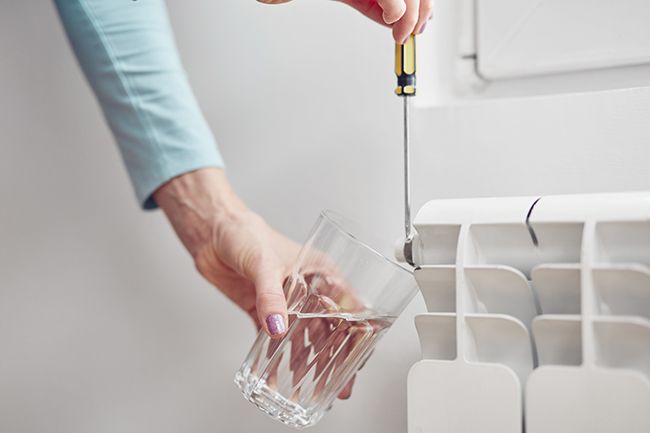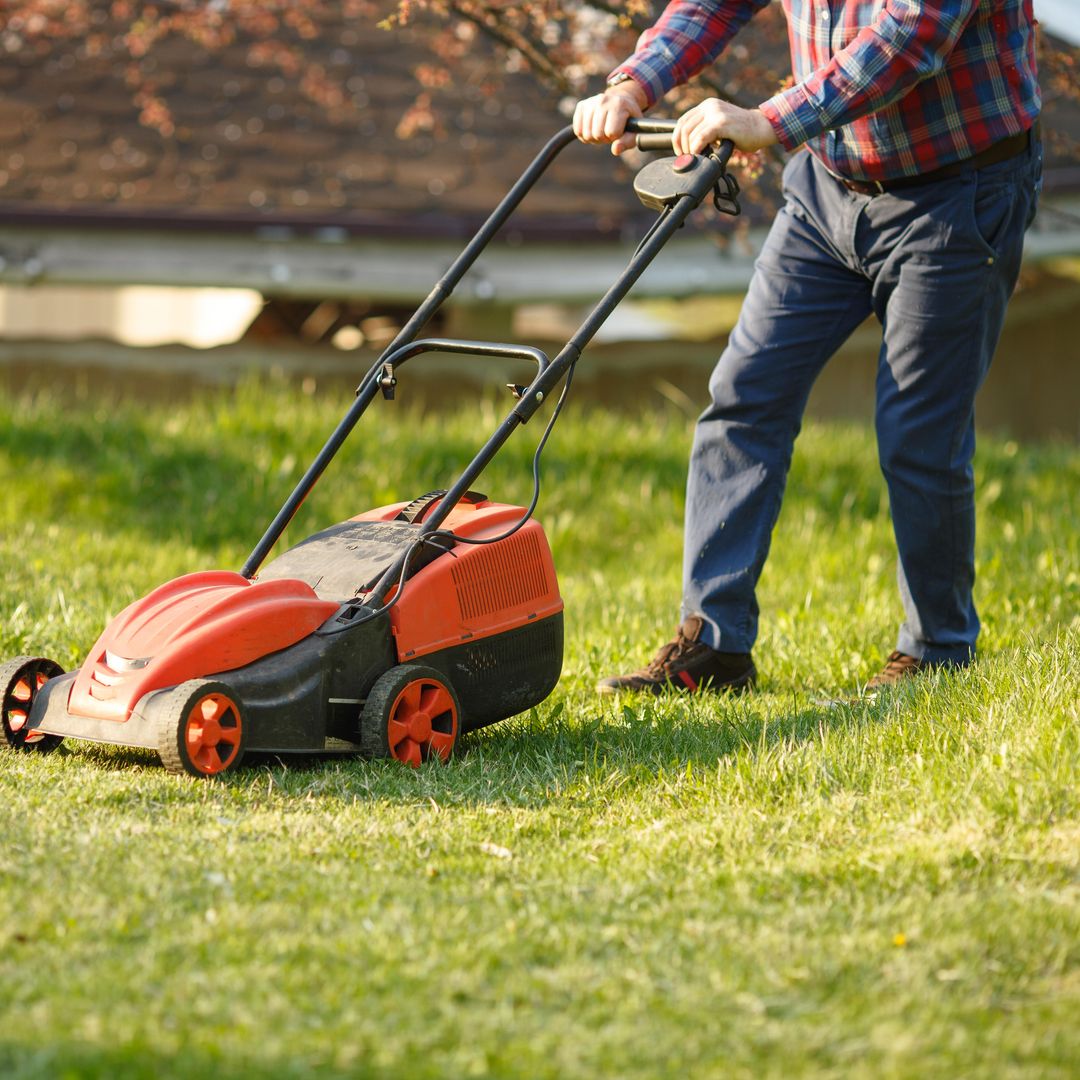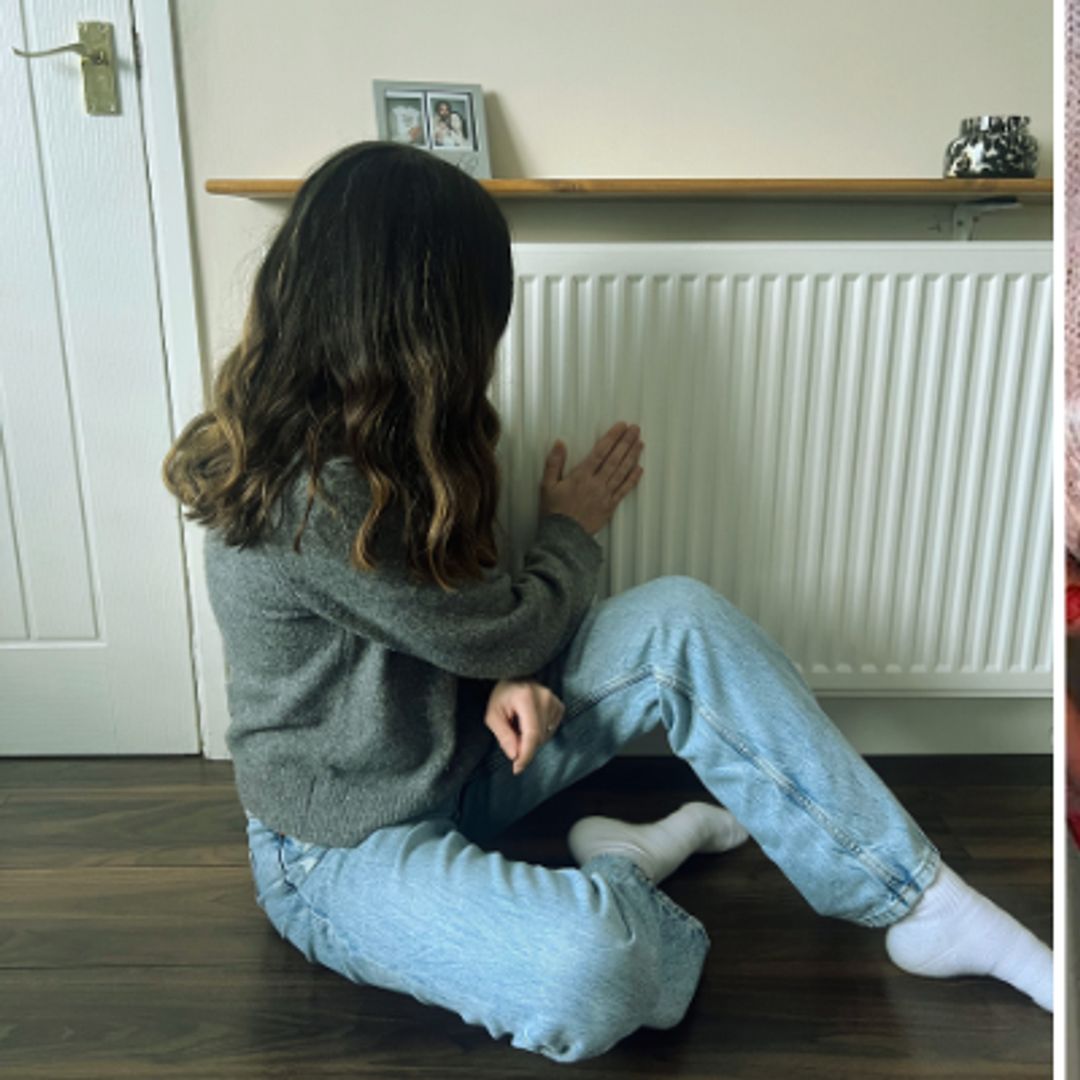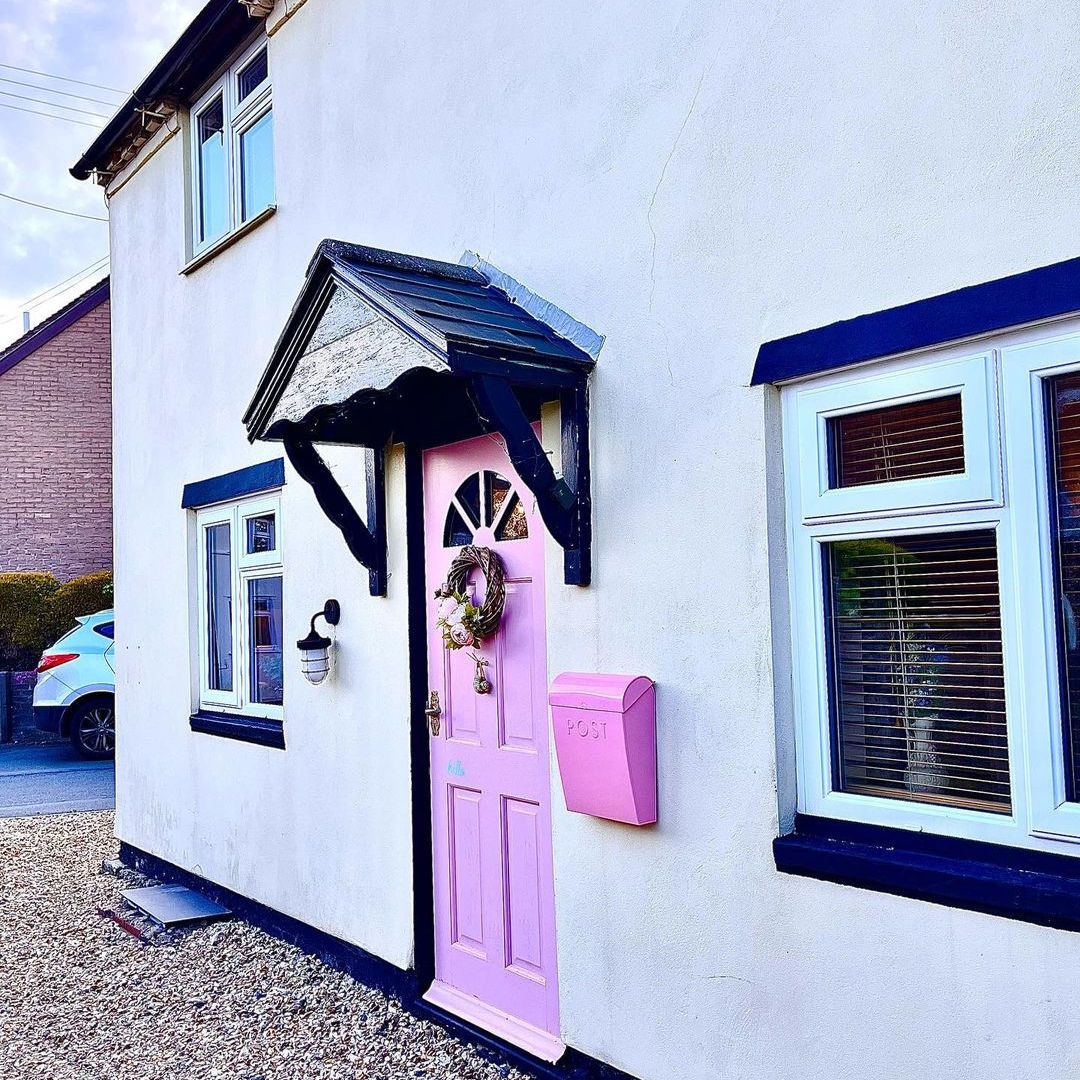As the autumn draws in and temperatures begin to drop, many homeowners are bracing themselves for the impact of winter heating bills on their household budgets.
With the current energy price cap set at £1,717, any opportunity to reduce costs is a welcome relief for families across the UK.
According to experts at National Insulation Supplies, a simple 99p purchase could be the answer to saving hundreds of pounds this winter. Radiator bleeding keys, which can be found in hardware stores or online, are essential to ensuring your radiators run efficiently, making your home warmer and your heating system more cost-effective.
How does bleeding your radiators save you money?
Over the summer, air can become trapped inside your radiators, preventing them from heating efficiently. Bleeding your radiators releases this trapped air, allowing hot water to circulate properly.
This simple maintenance task often takes no more than a few minutes per radiator and can reduce your energy bills by up to 20 per cent, which, at this winter’s price cap, could save you nearly £350.
Wondering if your radiators need bleeding? Look out for these signs
- Your radiator feels warm at the bottom but cold at the top.
- You notice cold spots on the radiator.
- Your radiator makes gurgling noises.
- Your home feels colder than usual, even with the heating on.
- You haven't bled your radiators in over a year.
How often should I bleed my radiators?
You should bleed your radiators if you notice any of the signs mentioned above, but also at the beginning of every winter when you are likely to start using your heating again for the first time after several months.
Air will have likely built up in the system during this time, so doing the job annually can keep your heating and radiators working efficiently throughout the winter.
What is the best way to bleed a radiator?
Bleeding your radiator can be a relatively quick and simple DIY job – follow the six steps below to remove trapped air and have your radiators working better in no time. David Cruz at myjobquote.co.uk, the UK’s leading trades matching site, shares the step-by-step guide you need to know...
- Run your hand over the radiator and check if it is cold at the top or the bottom. If the top of the radiator is cold, this means that there is air trapped inside and that the radiator needs to be bled.
- Start by turning off your central heating system.
- Then, place a rag or old piece of cloth underneath the valve so that you can catch any water that may start to drip out while you are bleeding the radiator.
- Use your radiator key and turn it anti-clockwise by roughly a quarter of a turn. Leave it open until the air stops coming out and water starts running out of the valve.
- As soon as water starts coming out of the valve, turn the radiator key to the off position again.
- You can then turn your central heating system back on and the issue should now be resolved.
Do you bleed radiators when the heating is on or off?
You should turn your heating off and allow it to cool down before bleeding your radiators, then turn it back on when you are finished to check that everything is working properly.
EXPERT TIPS: How to remove mould from walls
How to bleed a radiator without a key
It is still possible to bleed your radiator even if you've lost your radiator key. Replacements are available to buy at DIY stores, but if you need to solve the problem urgently, you may be able to use another tool such as a flat head screwdriver.
Insert this carefully into the bleed plug and gently turn anti-clockwise, making sure you have a cloth or something underneath to catch any drips.
You should hear the air escaping if it is trapped within your radiators.
Once this hissing sound stops and water starts coming out, turn your screwdriver clockwise to tighten the bleed plug and finish the job.
Do you let all the water out when bleeding a radiator?
When bleeding a radiator the aim is to let the air escape rather than the water. Some water will likely leak out of the valve when you open it, but you should avoid letting a lot of water out of the radiator as it will decrease the pressure in your boiler tank, meaning your system may have difficulty heating the top floors of your home or fail entirely.












